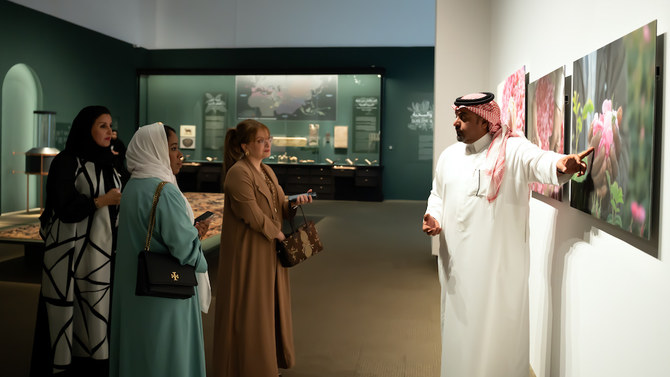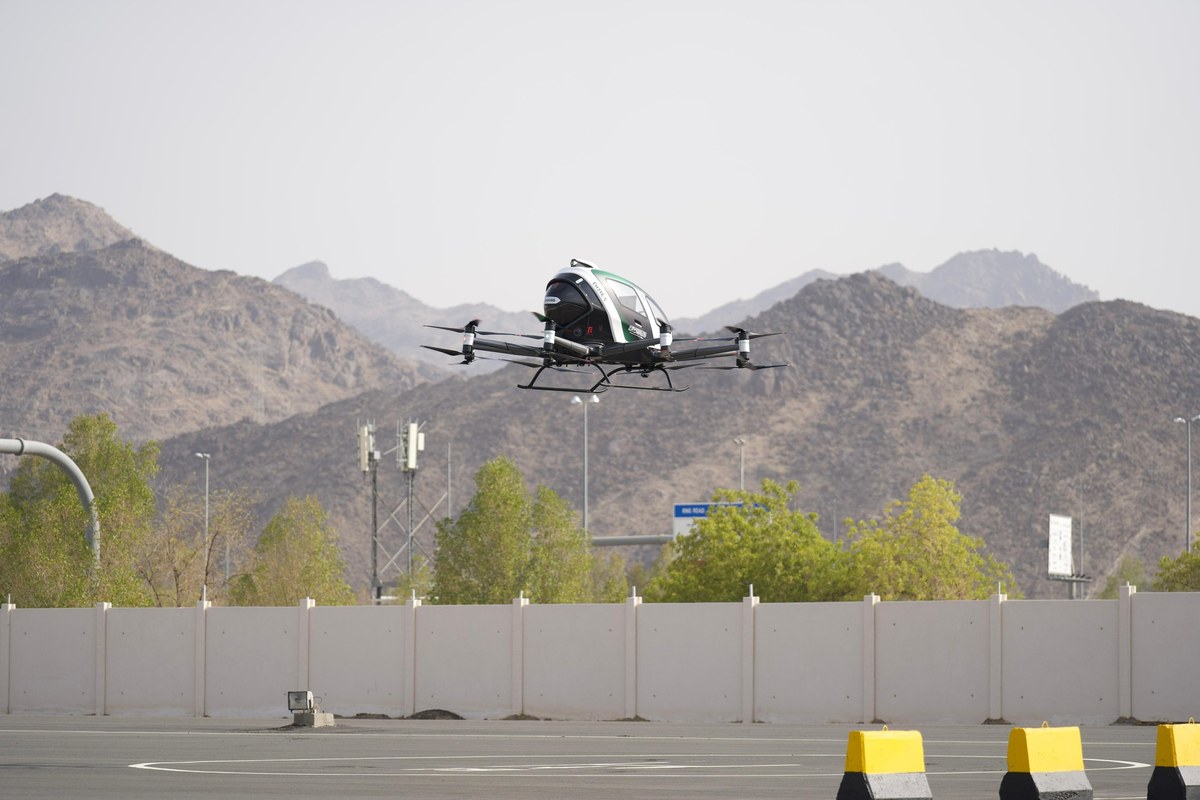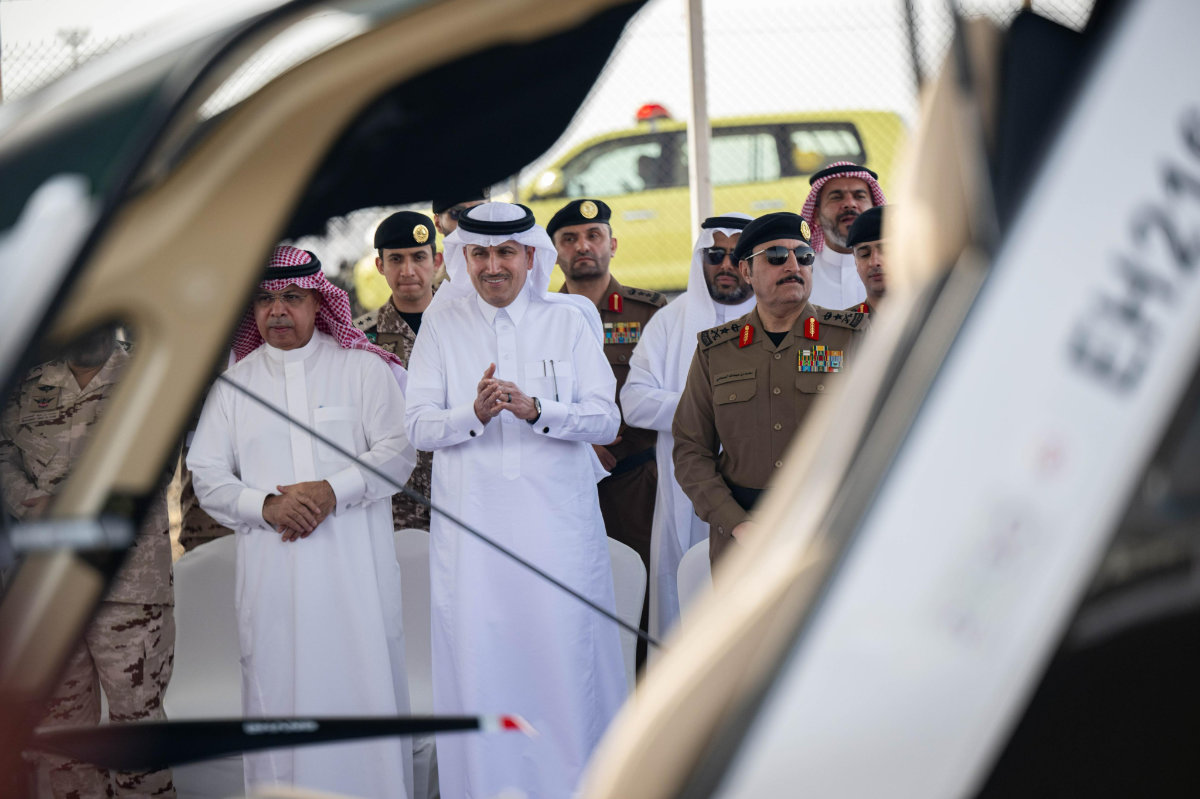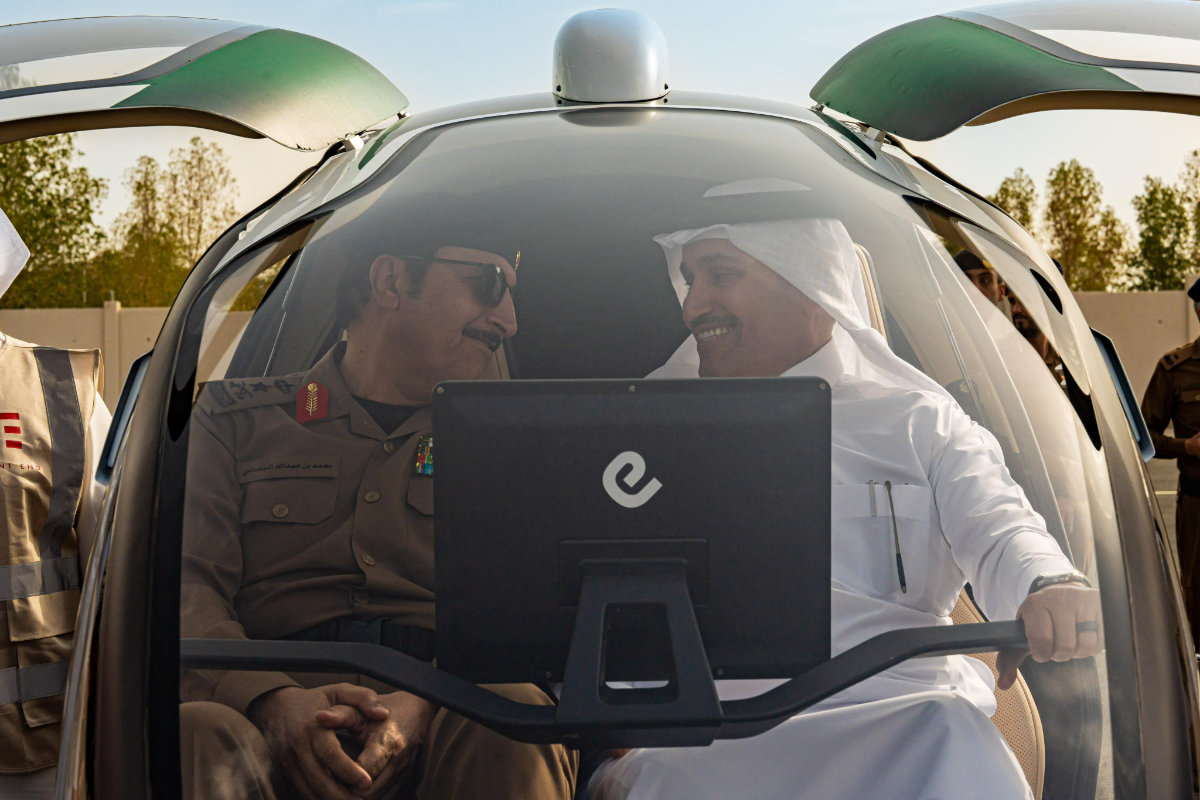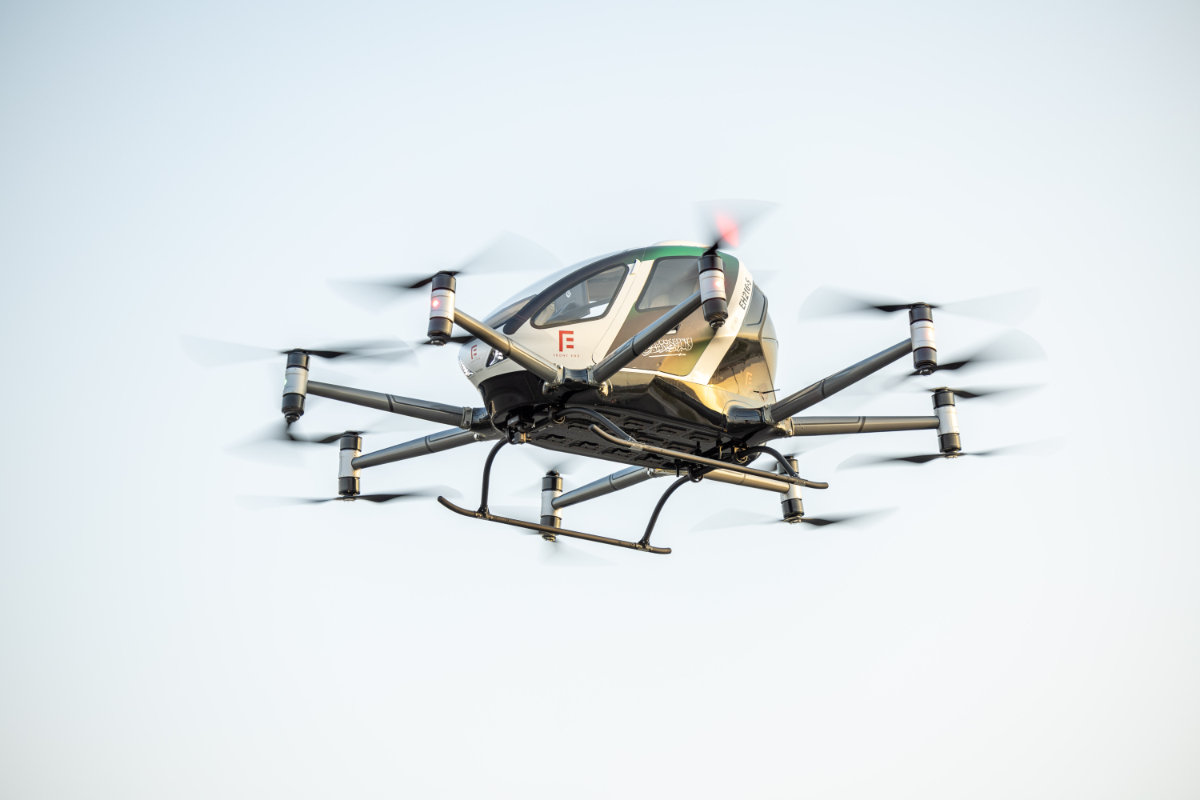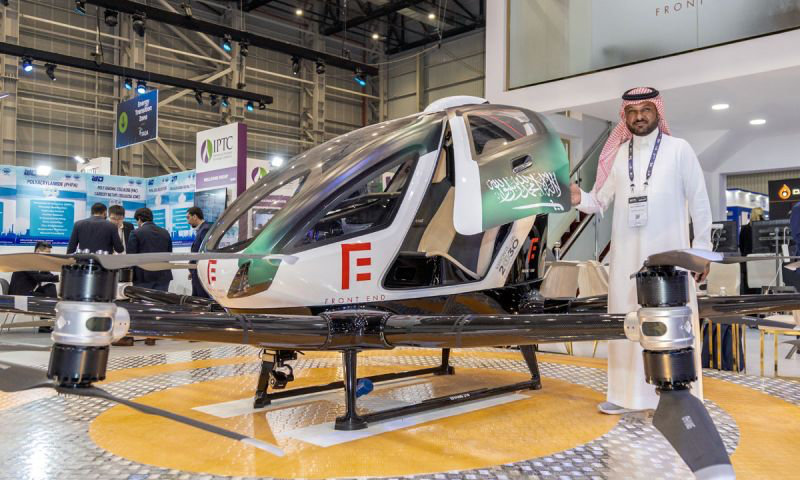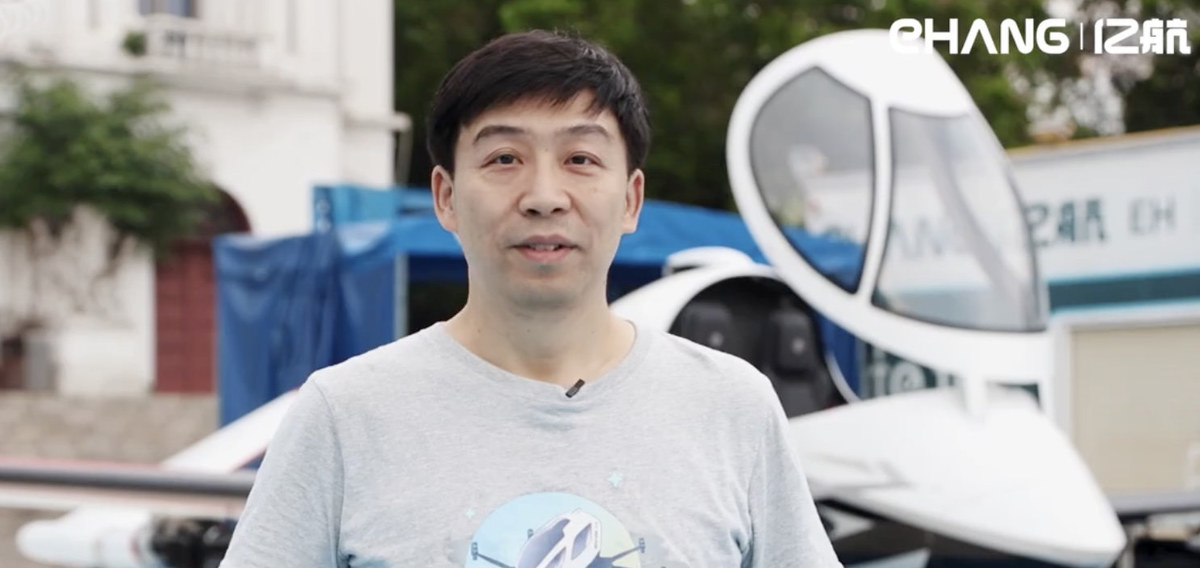RIYADH: The “Perfumes of the East” exhibition has made its first international stop in Riyadh.
It is a collaboration between the Saudi National Museum and the Ministry of Culture in partnership with the Arab World Institute in Paris.
The exhibition, which will continue until Sept. 14 at the museum, provides its guests with a journey through the richness of the Arab world’s perfumes, showcasing the fragrances and scents of the East, the cultural traditions that have influenced perfumes and their significant social role in Saudi culture.
The French ambassador to Saudi Arabia, Ludovic Pouille, and Christophe Farnaud, the EU ambassador, were among the attendees at the opening ceremony, along with other delegates from the Arab World Institute, leaders from the Ministry of Culture and the Museums Commission, and artists from the Kingdom, the Arab world and France.

The French ambassador to Saudi Arabia, Ludovic Pouille, during the exhibition. (AN/Loai Elkelawy)
“Perfumes of the East is an amazing exhibition, which was brought from Paris to Riyadh,” Pouille said. “It was presented first at the Arab World Institute in Paris, and it was a great success ... so many people visited it.
“It is amazing because you mix history and also artworks. You have artists who have been part of this exhibition, and this is the beauty of it. It is not just the history of perfumes in the Middle East, it is more than that.
“I am amazed by the jasmine dress by a young Saudi artist, who was also there in Paris, and of course, you can smell jasmine, but it is more than that. It is about heritage, the Saudi traditions, and I am fond of it,” the French envoy said.
The exhibition highlighted the cultural and historical importance of perfume in Saudi Arabia and the Arab world, providing insight into its origins in the Arabian peninsula, an important trading hub through which aromatic plants and spices were distributed among ancient societies.

Christophe Farnaud, the European Union Ambassador at Perfumes of the East exhibition in Riyadh. (AN/Loai Elkelawy)
“A distinguished exhibition that revives an authentic national heritage in the Kingdom of Saudi Arabia,” said Dalia Seoudy, one of the guests at the museum. “It presents fragrant knowledge and surrounds one of the most important elements of intangible Saudi heritage, a journey between the roses of Taif and the jasmine of the southern region. This museum reminded me of perfumes in Paris, but it is very authentic, creative and beautiful.”
Audrey Chazal, a consultant between France and Saudi Arabia on artistic and cultural events, said: “It is amazing to see how exhibitions are traveling through the world.
I am really happy to see how France and Saudi Arabia are collaborating to create cultural events and inviting visitors to discover art and smells.”
Sarah Al-Faisal, a board member of the Saudi Human Rights Commission, was one of the guests. She said: “I was glad to attend this beautiful event, finding the history of perfumes that carried us back a thousand years by giving us the narrative of the Bukhor’s route and the story of rare scents."
She expressed her thoughts on the exhibition and how the use of perfumes is one of the hallmarks of Arab and Islamic civilizations.
Al-Faisal praised the Ministry of Culture for working in cooperation with the Arab World Institute in Paris and the National Museum in Riyadh to deliver this message by working with perfume specialists, officials, and historians to achieve this wonderful result.
“It is an exceptional and beautiful journey which highlights how Saudi Arabia produces and has much more to display to the world through this fascinating exhibition," she added.
The exhibition has been designed to create a balance of olfactory and visual experiences for visitors, with scent-releasing devices carefully placed and handpicked for the exhibition by internationally acclaimed perfume designer Christopher Sheldrake.
More than 200 artifacts and artworks, both ancient and contemporary, are on display, weaving a narrative of the enduring relationship between the Arab world and perfume.
The exhibition unfolds through distinct spaces — from the raw beauty of nature to bustling town streets and the setting of a private home. This trajectory enables visitors to experience the evolution of perfume-making through a blend of historical treasures and modern artistic expressions.
This exhibition aligns with the National Museum’s commitment to celebrating Saudi Arabia’s cultural heritage and the enduring legacy of Arab and Islamic civilization.
It offers a multi-faceted educational and cultural experience, enriched by accompanying workshops and seminars that delve into the composition of perfumes, the intricate process of their creation, and the artistic design of perfume packaging.







